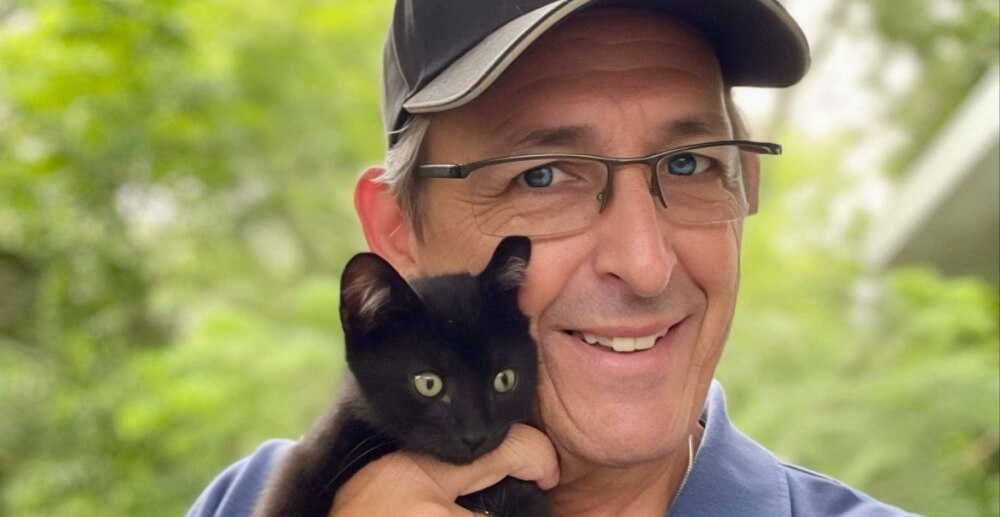At the Women’s Huron Valley Correctional Facility in Ypsilanti, treating addiction is a main focus.
According to an ACLU report, the fastest-growing prison population in the United States is women. There are currently more than 200,000 women behind bars in the U.S., one-half to two-thirds of them there for nonviolent drug crimes – and many have addictions.
In Michigan, there is only one prison facility for women, the Women’s Huron Valley Correctional Facility (WHV), located in Ypsilanti. Treating addiction among the population has long been a main focus for the facility. Assistant Deputy Karri Osterhout says it’s difficult to pinpoint exactly how many of the inmates are in there for opiates, specifically, but that “what you see in society you also see in the prison community.”
For people who are recovering from opioid use disorder and who are soon to be paroled, Osterhout says, “We’ve … gotten into the business of medication-assisted treatment for those who are eligible.” The prison’s Vivitrol program involves an injection of extended-release naltrexone, an opioid-blocking medication, paired with continued treatment outside of the facility. Four Michigan counties currently work with the women’s prison on its Vivitrol program: Wayne, Oakland, Macomb, and Monroe.
Vivitrol, an extended opioid-blocking medication, has questionably marketed itself to criminal justice officials. The drug’s manufacturer, Alkermes, doesn’t deny this part of its marketing strategy. Vivitrol suits the criminal justice system because it is not an opioid and it removes responsibility from the individual, limiting its potential for misuse. Whether or not it suits the patient is still up for debate, as it’s just one of three medications utilized for opioid use disorder.
“It’s only in certain counties because we have to make sure that…all comprehensive services are set up for them in the community,” says Osterhout. The naltrexone injections, she explains, are not meant to be used independently, but are a component in a program that includes additional treatment.
“At the end of [WHV treatment] then they’ll be meeting with healthcare and our medical team and our outpatient mental health team…to make sure that they have all the supports in place so that we can make sure they’re connected to those resources in the community to continue that medication-assisted treatment,” Osterhout continues.
The prison’s biggest contraband challenge, she says, as far as contraband is concerned, is Suboxone. Suboxone, the name brand for buprenorphine (a partial opioid agonist) and naloxone (a short-acting opioid blocker), is currently the gold standard of care for opioid use disorder. If inmates are coming in with addictions, it’s impossible to say whether they’re trying to medicate themselves with Suboxone, or misuse it in some way. The naloxone is designed to prevent Suboxone from being misused, but it is manufactured in tiny translucent strips taken sublingually. Historically, these have been smuggled into prisons nationwide primarily through the mail.
Osterhout notes that the WHV, which does not use Suboxone in its medication-assisted treatment, has recently changed its mail policy to deal with the problem. The new policy is aimed at intercepting any envelopes, cards, stamps, photographs, or letters that could be hiding Suboxone. “There were so many issues with people trying to get these little Suboxone strips in here – and in any correctional facility, it’s not just here, it’s actually a nationwide criminal justice issue.”
“People are really creative and, you know, contraband’s always any prison’s biggest challenge because you want to make sure that everybody here is safe, both prisoners and staff,” Osterhout says. “You don’t want anybody overdosing, you don’t want anybody hurt.”
She also notes a new pilot program called Mission MI-REP, available for inmates returning to Macomb, Oakland and Wayne counties. Unlike the Vivitrol program, it does not involve medication-assisted treatment, but still involves a focus on continued aftercare once the inmate leaves the facility.
“It has a really large mental health component to it,” Osterhout says. “They actually have a treatment team from one of the three counties and they have a peer support specialist and a case manager that are assigned to them as well, and then they see a particular agent in the field when they release so that everybody’s talking and making this person has everything that they need, hopefully, to stay on a path in sobriety.”
Regarding WHV’s approach to treatment for all addictions, not just opiates, Osterhout says: “Our treatment programs are all evidence-based and gender-responsive so we’re not using things that aren’t relative to justice-involved women.” They’re also trauma-informed. Osterhout explains that, for many women, their addiction is related to trauma they may have experienced. “Some people haven’t had real healthy coping skills and that was their escape, through the use of drugs. And that’s not everybody but it’s certainly a good percentage of our population. So we also make sure that we’re looking at that trauma piece.”
Even for people with substance use disorder on the outside, medication-assisted treatment isn’t easy to find. The stigma surrounding Suboxone and methadone is strong. In prison, however, these additional medications aren’t even an option.
Some sort of treatment for opioid use disorder during and after incarceration is vital. Inmates suffering from addiction are at high risk of overdose after their release, with return to old environments and old stressors acting as a trigger for use. An estimated 40% of women in prison have reported that they use drugs. This is one of the populations most affected by the opioid crisis, and should be treated as such.




